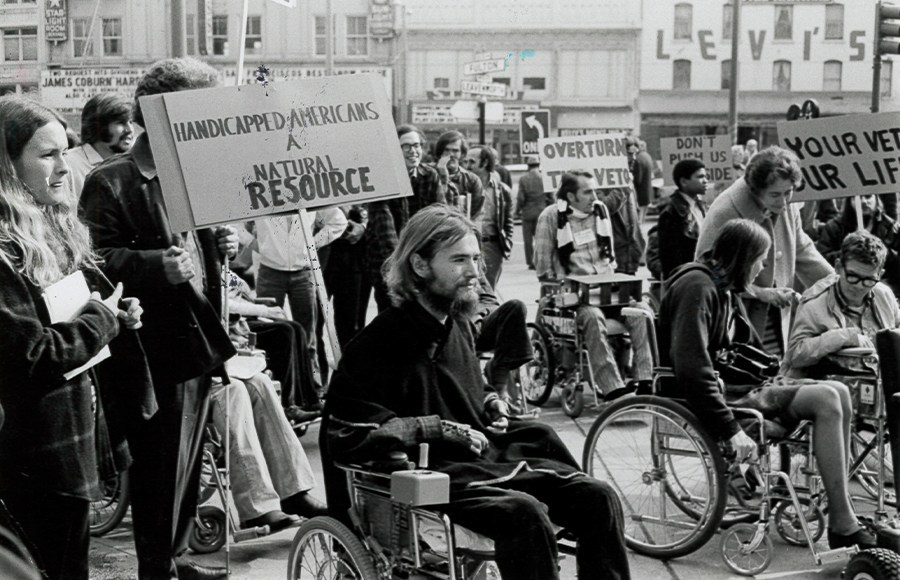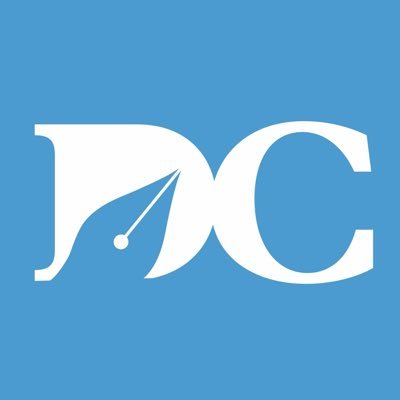When do disability resources become a right?
Disability resources are not luxuries. They are basic defenses against inequality. Lucy Eaton, UC Berkeley Senior

Daily Cal Archives/File
By Lucy Eaton, Special to The Daily Cal, November 1, 2019
| The following represents the author’s personal experience with a physical disability. Disability is experienced differently by everyone, and disability identities vary widely. |
For the first two years that I was at UC Berkeley, I’d walk through the Recreational Sports Facility on Monday and Wednesday mornings, past rows of people sweating on treadmills and puffing in the weight rooms, with playlists bumping in their ears. I was headed to an unassuming room at the back of the gym. The room belonged to the No Limits program, an initiative that was founded to address a gaping need for students with permanent physical disabilities who are unable to use the RSF and wellness resources. The No Limits program provided one-on-one physical training and fitness advising to students who have permanent disabilities that would benefit from tailored exercise under the guidance of a trained professional, at absolutely no cost.
The No Limits program existed because of the Wellness Fund, a $174 mandatory fee that all students pay to support the existence of programs that promote wellness for all students, especially those in marginalized communities.

Brian Bi, staff. The Daily Cal
When you pay to attend a university, you are entitled to a number of rights. The right to take care of your physical and mental health while pursuing your education is among them. All of us pay for access to the gyms and wellness services on campus. But often, these gyms and services are inaccessible to students with disabilities.
Exercising with a disability is very nuanced — in some cases, it must be tailored to the individual in order to make any real impact or avoid injury. It is also important that wellness services exist for people with disabilities that understand not just the physical differences, but the mental and emotional complexity of living with a disability.
Disability resources are not luxuries. They are basic defenses against inequality. By taking resources away from students with disabilities, the school is seemingly turning its back on the promise that every student deserves an equal right to access health resources. If we all pay the same tuition but I am not afforded the ability to stay healthy, exercise mobility and keep up the way others can, then the campus is not equal.
I’ve had a physical disability for 10 years. A viral infection I got when I was 10 left me with myalgic encephalomyelitis, a disease that causes extreme muscle pain, chronic exhaustion, and muscle weakness and spasms. I developed comorbid issues as the years went on, such as arthritis, spinal problems, endometriosis and intestinal issues that make it hard to eat. Before I came to UC Berkeley, my understanding of chronic illnesses and what it meant to be a person with a disability was largely influenced by the medical care I’d received until that point. This care centered on a core idea: incurable illnesses aren’t worth treating and the best way to deal with a permanent disability is to take a deep breath and suffer through it.
The No Limits program at UC Berkeley was instrumental in changing my mindset. During my twice-weekly sessions with my trainer, Rachel Kahn, I built up muscles in my back and legs ever so slowly — it used to be almost impossible for me to walk the half-mile to campus, and now I make the walk every day. It’s not easy, but it’s doable. I was diagnosed with scoliosis, and Rachel immediately knew how to stop its progression — we were even able to see an improvement at the end of last year.
The scope of insurance and general medical care often forgets about what the most frustrating aspect of living with a disability is: the day-to-day existence. My chronic illness meant dealing with insensitive doctors and confusing ER visits. But I also struggled to keep up with school work and pay my way through college. Rachel was there to support me. She taught me less painful ways to wash my hair and tie my shoes, and she showed me that improvement is possible. I learned that identifying as a person with a disability can be empowering and that defining my own abilities to myself and others was something to be respected, not pitied.
If you don’t have experience with disability, it’s easy to forget that these programs are not luxuries, but necessities. The No Limits program served a need and served it with compassion, skill and precision. I am indebted to the personal trainers in the program for my abilities. But if I’m being honest, I would much rather jump on a treadmill to sweat off my midterm woes than spend two excruciating hours per week trying to increase my ability to walk from Dwinelle Hall to Moffitt Library. I didn’t use the No Limits program for fun. I used it because I needed to, and because it was my right.
| Lucy Eaton is a writer and musician studying English at UC Berkeley. |
 Source The Daily Californian
Source The Daily Californian
The Independent Berkeley Student Publishing Co., Inc.
Also see
The Disabled Students’ Program: 48 years of support, continued expansion The Daily Californian
A look back: Disabled Students’ Program reconciles rich history with criticism, fraud allegations The Daily Californian
Fitness and Wellness Opportunity Program will provide disability services The Daily Californian
Shutdown of Recreational Sports Facility’s No Limits program leaves disabled students with ‘new limits’ The Daily Californian
UC Berkeley to shut down personal training program for disabled students The Daily Californian
Berkeley disability activists took cues from the civil rights era — and sparked a national movement KALW San Francisco Local Public Radio
No Limits at University of California, Berkeley No Limits Collaborative
The ADA at 30 New Mobility
